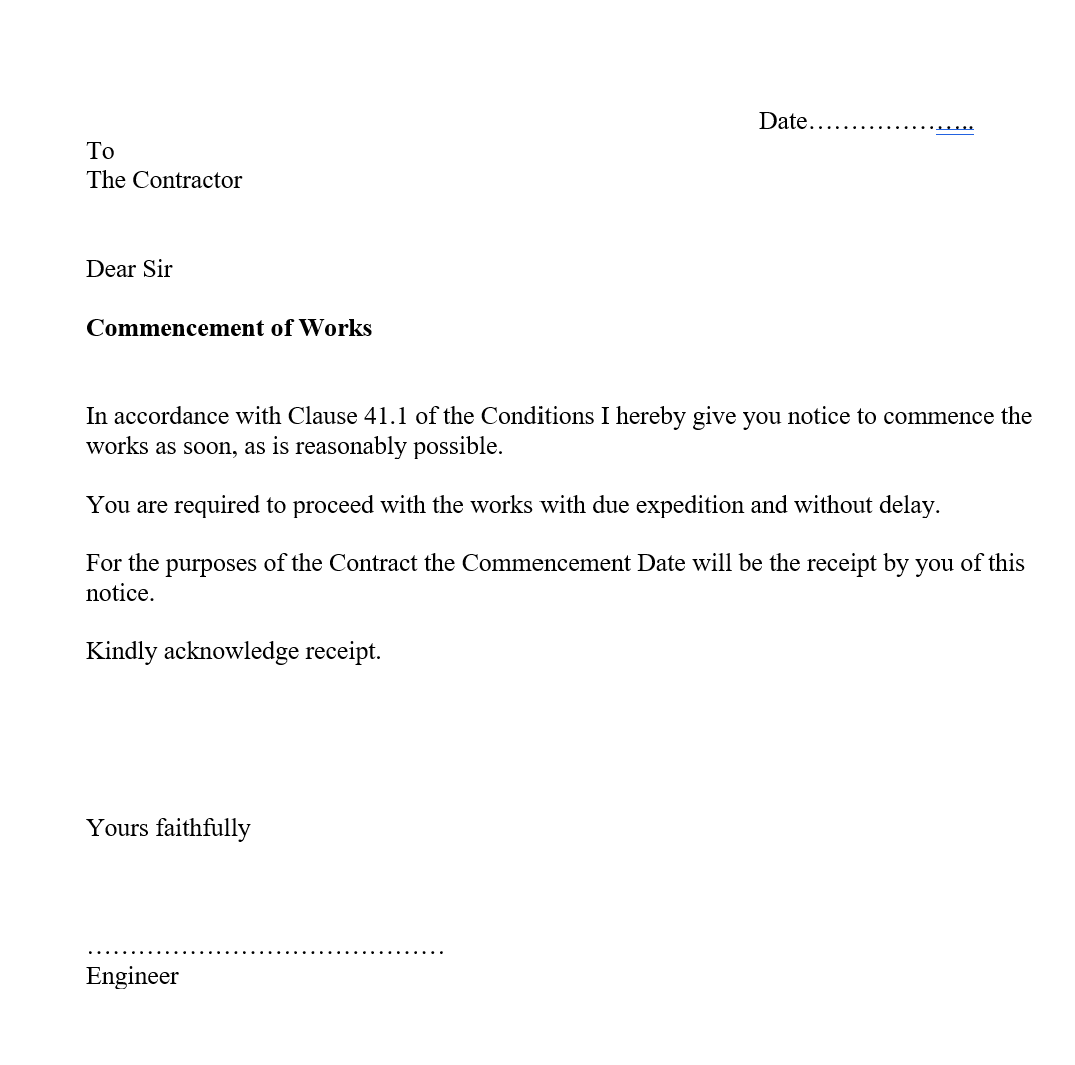How to Write a Standard Contractual Letter in Construction: Guide and Templates
Writing a standard contractual letter in construction is a critical skill for contractors, project managers, and subcontractors to ensure clear, formal communication on important project changes, issues, or clarifications. This article provides a step-by-step guide on how to write construction contractual letters, including essential components, purpose, and downloadable contractual letter templates for various scenarios.
What Is a Standard Contractual Letter in Construction?
A standard contractual letter in construction is a formal communication tool used to document important contract-related information between parties involved in a project. These letters play an essential role in:
- Requesting project extensions or adjustments due to delays.
- Documenting disputes or quality concerns for future reference.
- Clarifying contract terms or issuing instructions related to project execution.
- Mitigating risks by keeping a written record of agreed-upon actions.
This type of documentation helps construction professionals manage project timelines, costs, and expectations, offering a clear record of communication that may be critical in legal or compliance scenarios.
Key Components of a Construction Contractual Letter
A well-structured contractual letter should be clear, concise, and formal. Here are the essential elements to include in a construction contractual letter template:
- Identification Details: Start with clear identification, including the project name, contract number, and names of involved parties.
- Descriptive Subject Line: Use a specific subject line to summarize the letter’s purpose, such as "Request for Extension due to Delays" or "Notice of Contractual Variation."
- Purpose and Background: Briefly outline the purpose of the letter, including relevant background information or contract references.
- Detailed Explanation: Provide a clear and concise explanation of the issue, request, or clarification, citing specific contract clauses if applicable.
- Action Required: Indicate any actions required by the recipient, along with deadlines or timelines for response.
- Professional Closing: Close with a formal sign-off and contact details, ensuring a professional tone throughout.
Example of a Standard Contractual Letter in Construction
Here’s a sample of a contractual letter in construction for project delays due to weather conditions:
Subject: Request for Project Extension Due to Weather Delays
[Your Company Name]
[Your Address]
[Date]
To:
[Recipient's Name and Title]
[Recipient's Company Name]
[Recipient's Address]
Dear [Recipient's Name],
We are writing to formally request an extension for the [Project Name] due to weather-related delays that have impacted our ability to complete the project on time. As outlined in Clause [X.X] of our contract, unforeseen weather conditions on [specific dates] have caused unavoidable setbacks. We are seeking an extension of [number of days] to reflect the delay.
Please confirm receipt of this notice and let us know of any further actions required. Should you need additional information, I am available at [Your Contact Information].
Sincerely,
[Your Name]
[Your Position]
[Your Contact Information]
Common Types of Construction Contractual Letters
In construction, you may need to use contractual letters for various purposes. Below are some types of standard contractual letters commonly used:
- Project Delay Notification: Used to inform stakeholders of unforeseen delays and request timeline adjustments.
- Notice of Work Suspension: Issued when work must be halted due to safety issues, resource shortages, or other concerns.
- Variation Order Request: Used to request changes to the project’s scope, materials, or timelines.
- Quality Issue Notification: Sent to document quality concerns and request corrective action.
Each type of letter ensures that all communications are documented, reducing the risk of misunderstandings or contract disputes.
FAQs About Standard Contractual Letters in Construction
1. What Is the Purpose of a Standard Contractual Letter in Construction?
A standard contractual letter is used to formally document important contract communications, such as delays, disputes, changes, and clarifications, ensuring that all parties have a clear record.
2. When Should You Use a Contractual Letter?
Use a contractual letter any time a significant issue arises that affects the contract terms, timeline, or costs. This includes delays, disputes, work suspensions, or requests for changes.
3. Where Can I Find a Template for a Construction Contractual Letter?
https://payhip.com/b/VCqe1



Comments ()